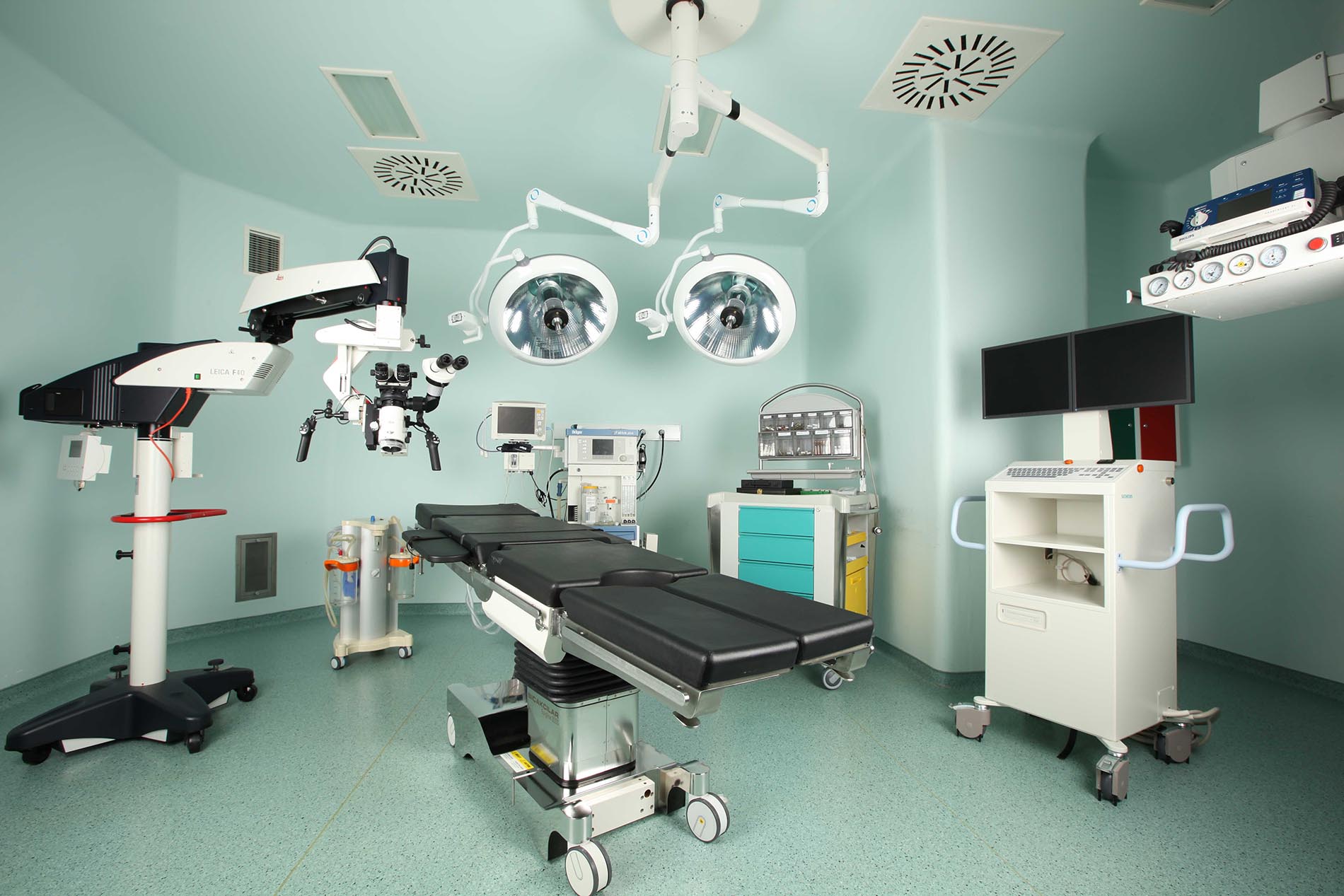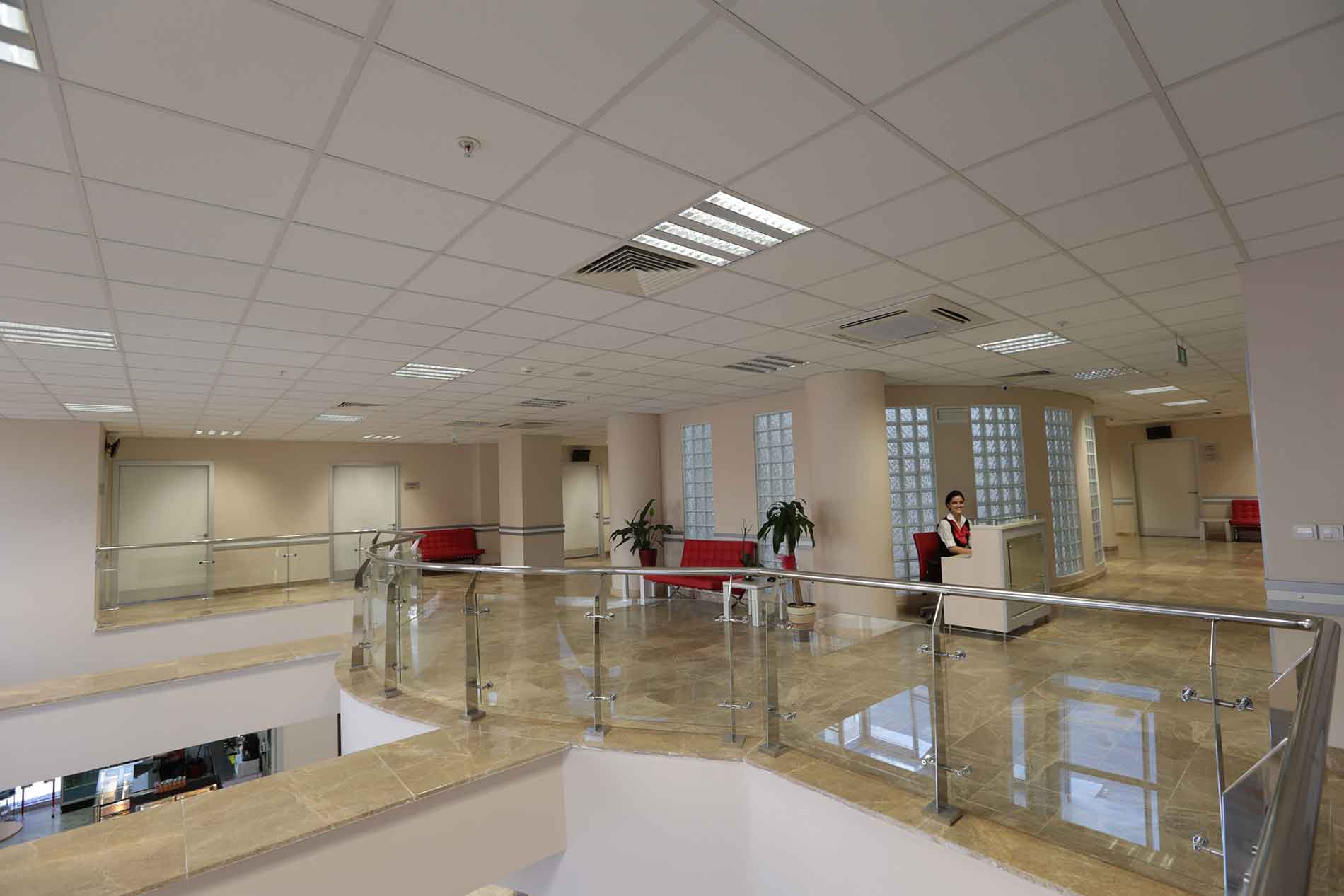
Fill out the form and we will contact you immediately!
Smart Lens Treatment
Smart Lens Therapy, which has been heard and become very popular in recent years, provides great comfort to the patients applied. These multifocal smart lenses placed in the eye in cataract surgery provide a clear and clean vision at close range (35-40 cm), at medium distance (55-60 cm) and at far distance. After smart lens surgery, patients have a clear vision at every distance without the need to use any glasses. Problems such as blurred vision and light scattering at night that patients complain about disappear after this operation.
This treatment is applied to patients who have cataracts in their eyes and need surgery. The purpose of smart lens treatment is to remove the lens that has lost its function in the eye and replace it with an artificial lens and to provide the patient with the highest quality vision possible.







